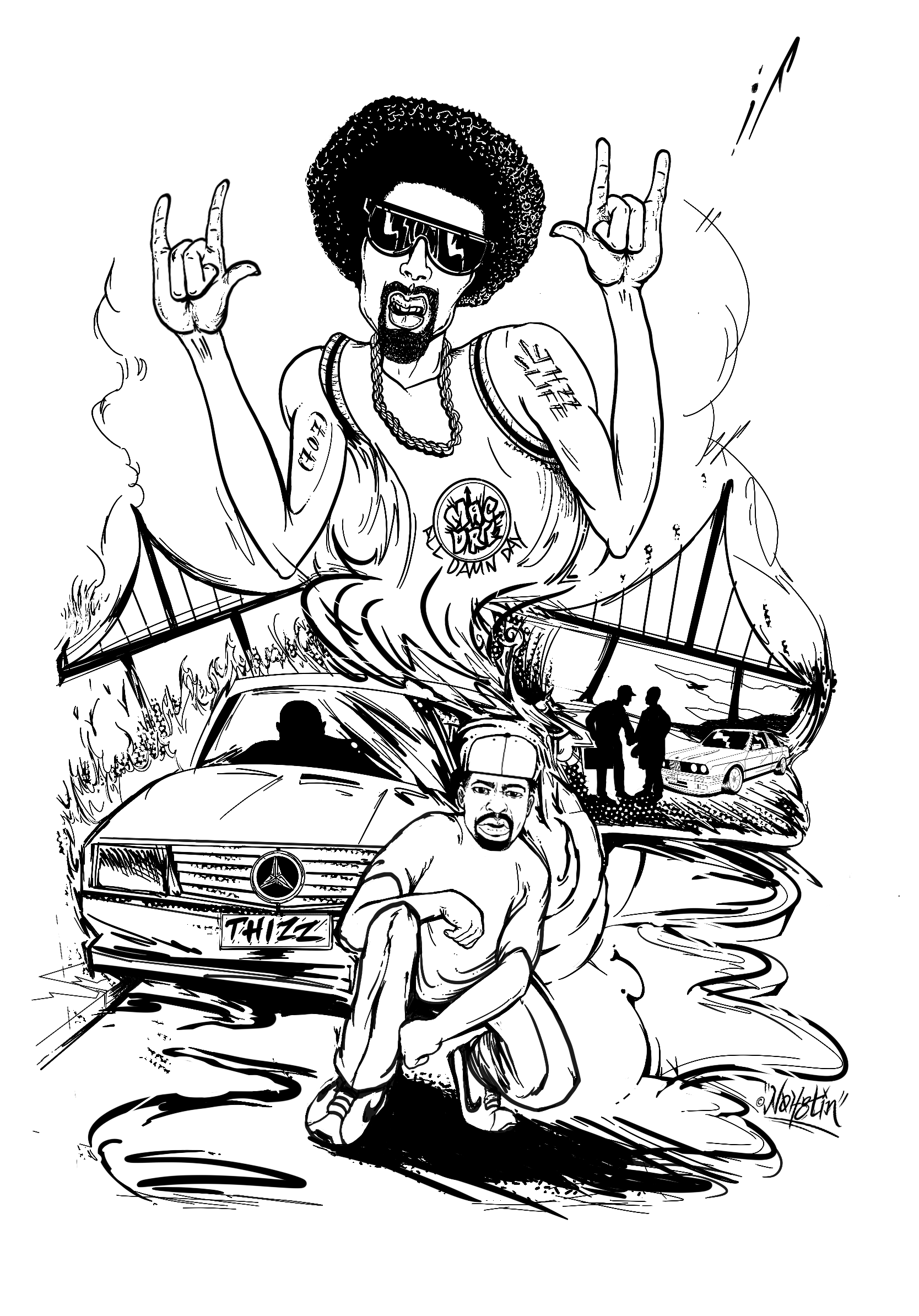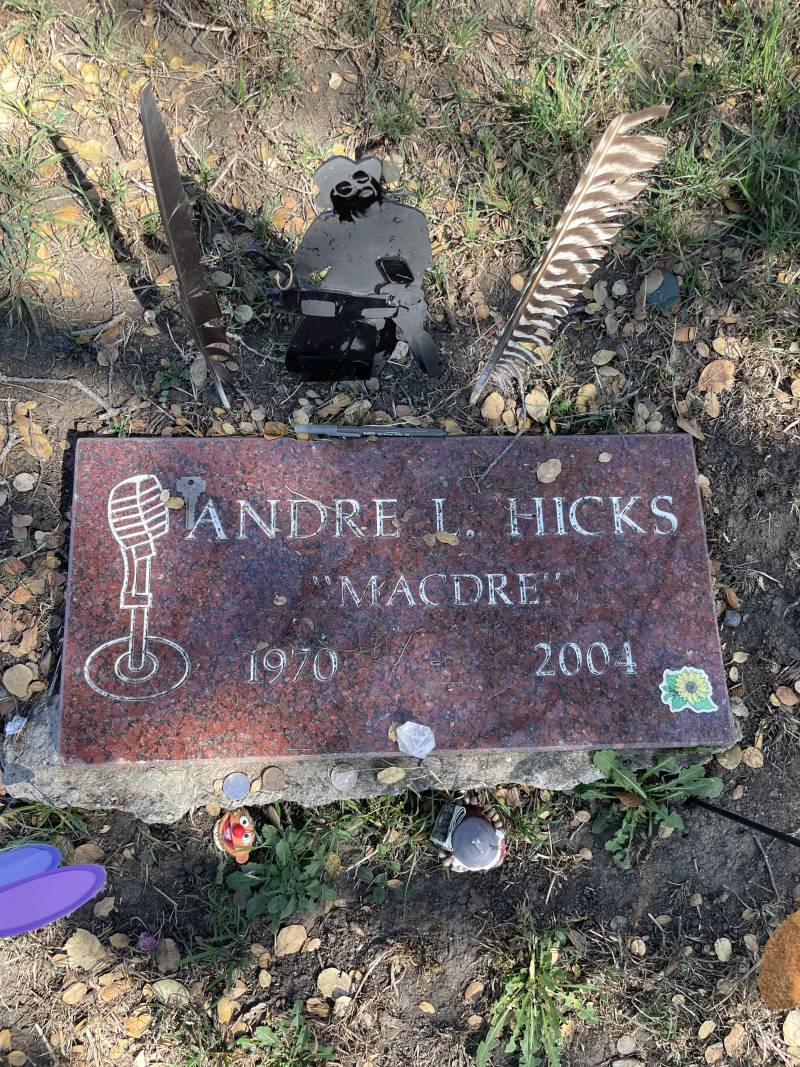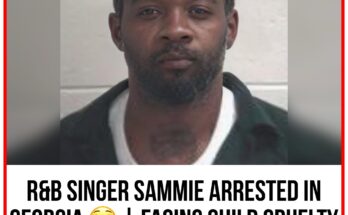20 Years After Mac Dre’s De.ath, the Furly Ghost Still Lingers

If you ask for directions to Plot 47 at Oakland’s Mountain View Cemetery, the response often comes with a knowing smile. “You lookin’ for Dre?”
The man who asks is older now, brown-skinned with grey streaks in his afro, wearing a crossing guard vest and mirrored sunglasses. He hands you a folded cemetery map, saying visitors come here all the time — some to pay respects, others just to feel a connection.
They come to honor Andre “Mac Dre” Hicks, the Vallejo-born rapper, icon, and architect of the Bay Area’s hyphy movement — a man whose music turned local slang and swagger into a global cultural wave. This November 1 marks 20 years since his death, a loss that still reverberates through every corner of West Coast hip-hop.
The Day the Music Stopped
It was November 1, 2004. Mac Dre was in Kansas City, Missouri, after performing at a nightclub. Sometime before dawn, gunfire erupted on a quiet stretch of highway. Dre, just 34 years old, was hit and killed in what police described as a targeted ambush. The shooter was never caught.
The Bay woke up to the news in disbelief. Vallejo, Oakland, Richmond — all went quiet. For fans, it felt like the end of an era, not just for a rapper, but for a movement.
“Dre wasn’t just a musician — he was the Bay,” says DJ ShellHeart, a local DJ who regularly spins Dre’s music. “When I play him, even now, the crowd changes. It’s energy, nostalgia, and joy all at once. His spirit still runs the room.”
From Vallejo to the World: The Making of a Legend

Born in 1970, Andre Hicks grew up in Vallejo’s Country Club Crest neighborhood — a place that would shape both his sound and his worldview. He recorded his first tracks as a teenager in the late 1980s and soon became one of the region’s most charismatic underground rappers.
Mac Dre’s music stood apart for its humor, honesty, and bounce — a sharp contrast to the darker tones of Los Angeles gangsta rap. Songs like “Too Hard for the Radio,” “Feelin’ Myself,” and “Thizzle Dance” captured the Bay’s playful, defiant spirit.
He wasn’t just making records — he was building a culture. Dre coined “Thizz” and popularized the hyphy movement, a euphoric mix of dance, slang, and community energy that swept through Northern California in the early 2000s.
“There were so many different versions of Dre,” says Logan Murdock, writer for The Ringer. “Just like there are so many different versions of the Bay. He could be funny, serious, political, or wild — sometimes in the same verse.”
Trials, Time, and Triumph
In 1992, Mac Dre’s rising career was derailed when he was charged with conspiracy to commit bank robbery. At trial, prosecutors famously played his lyrics as evidence, painting him as a criminal mastermind. He was convicted and served five years in federal prison — an early, controversial example of rap lyrics being used in court.
When he was released, Dre came back sharper and funnier than ever. He launched his own label, Thizz Entertainment, and began building the hyphy empire that would inspire artists like E-40, Mistah F.A.B., and Keak Da Sneak.
Even in death, Dre’s influence never faded. A decade later, aerosol artists The Illuminaries painted a massive Oakland mural of Steph Curry doing Dre’s signature Thizz Face. In 2023, Curry’s production company, Unanimous Media, announced a Mac Dre documentary, calling him “a cultural blueprint for Bay Area creativity.”
And just this year, Marshawn Lynch went viral teaching locals in Cuba how to do the Thizz Dance during an NFL broadcast.
Mac Dre’s grin — half mischief, half wisdom — remains as recognizable as the Golden Gate itself.
The Legacy Lives On
At this year’s History of the Bay Day, an annual celebration of Bay Area hip-hop, Dre’s presence loomed large. Murals, t-shirts, and performances all paid tribute to the man who made “getting stupid” an art form.
“When DJ ShellHeart plays Mac Dre,” says Murdock, “it brings people together — old heads, new kids, everybody. He’s not just history; he’s heritage.”
Still, there’s an ongoing debate about whether the region has moved past the hyphy era — or if it ever should. Murdock says Dre’s legacy should be a foundation, not a limit.
“There are so many artists pushing forward — 22nd Jim, AllBlack, SOB x RBE — they’re expanding what Bay music can be. But Dre’s DNA is still in it all.”
The Furly Ghost Never Left

Back at Plot 47, the air is still. The marble headstone reads:
ANDRE “MAC DRE” HICKS, 1970–2004.
Fans leave flowers, posters, and bottles of Hennessy. A sticker of Dre’s face, grinning in his signature bucket hat, peels slightly at the edges — proof of time, but not decay.
Twenty years later, his presence still lingers in every Bay block party, every bassline that rattles through a car window, every fan who throws up the Thizz Face mid-dance.
Mac Dre may be gone — but the Furly Ghost, as his fans call him, never left.
“When the beat drops,” DJ ShellHeart says, smiling, “you feel him. And when you feel him… the Bay feels alive again.”

